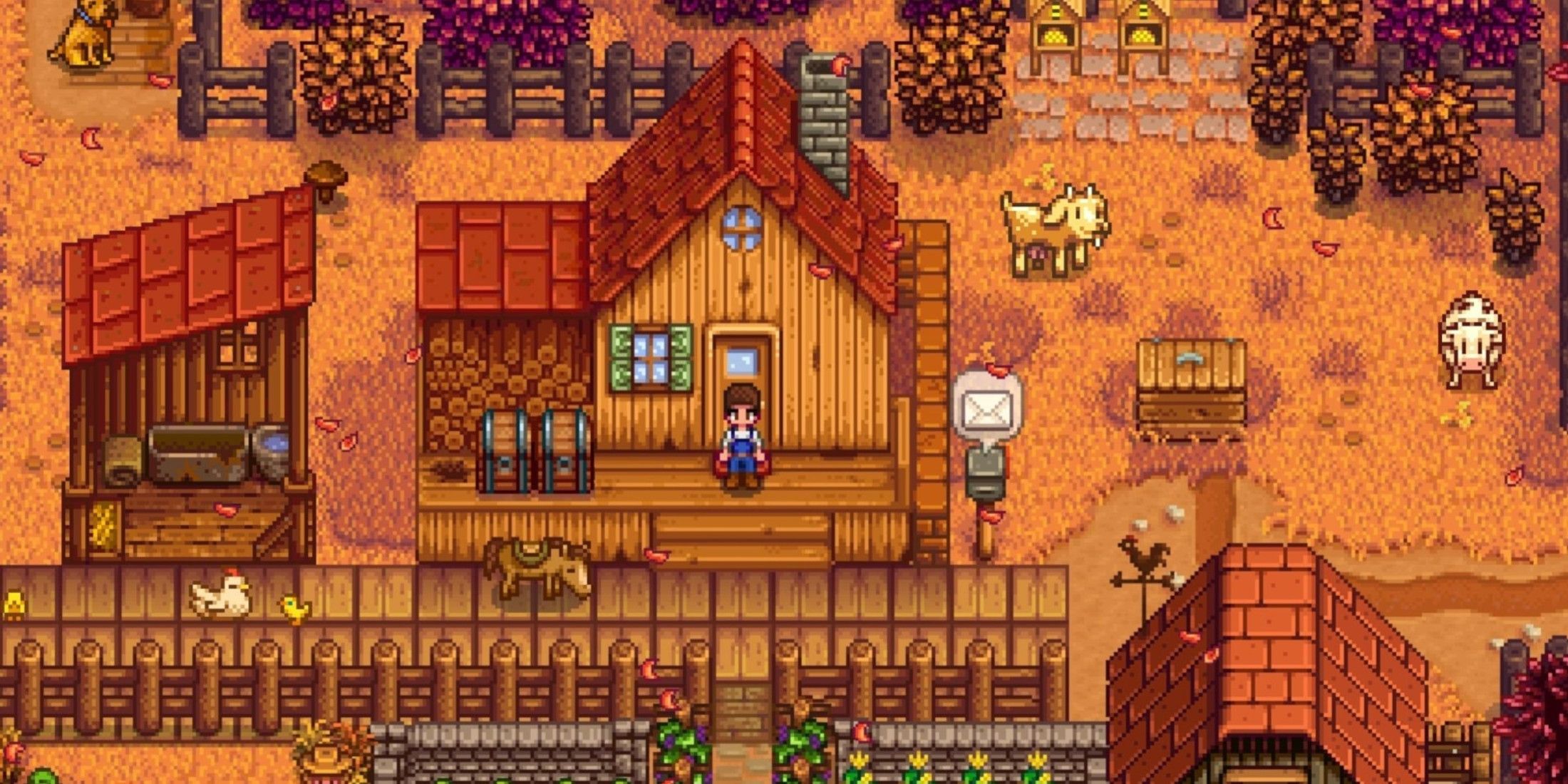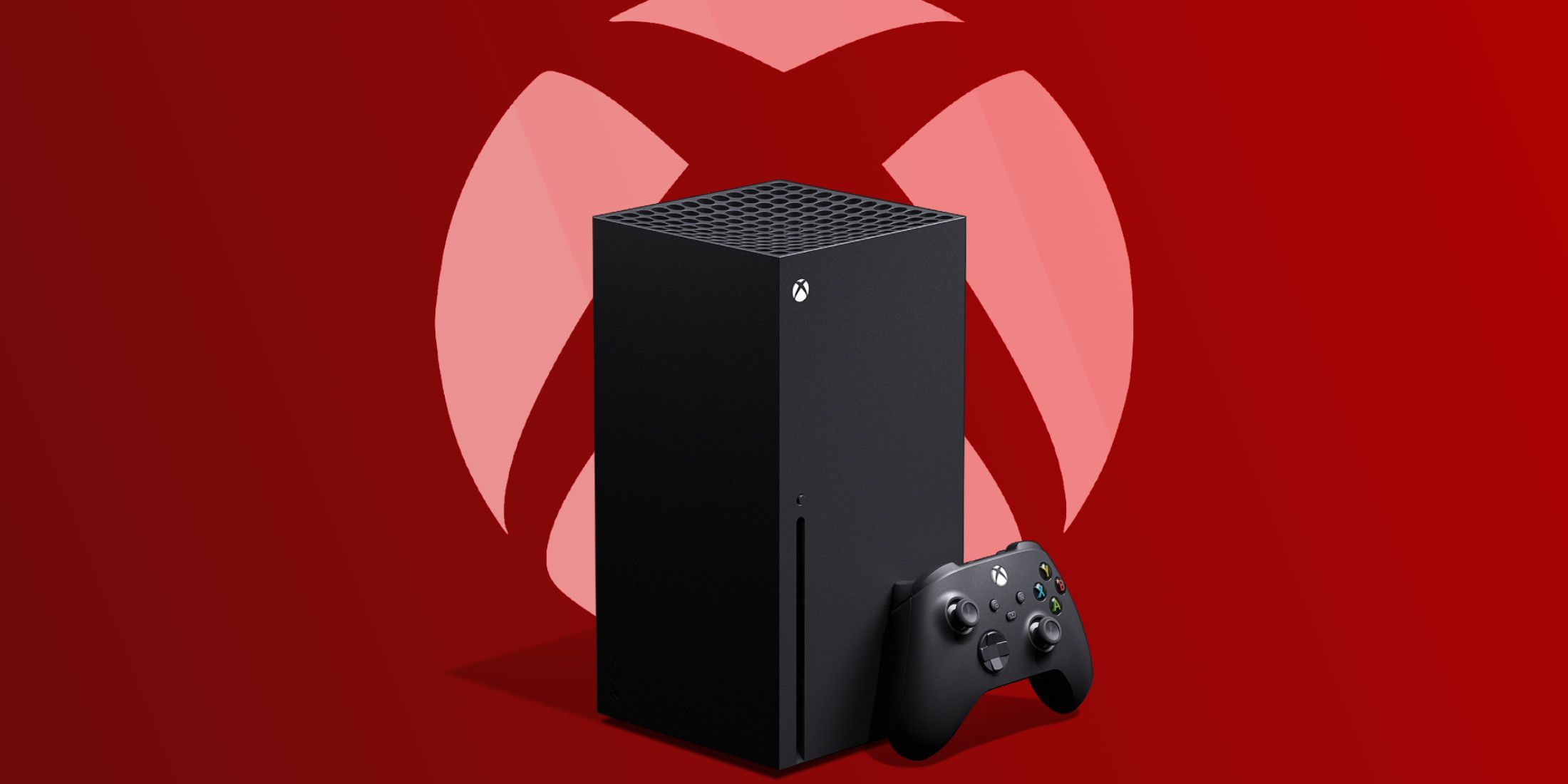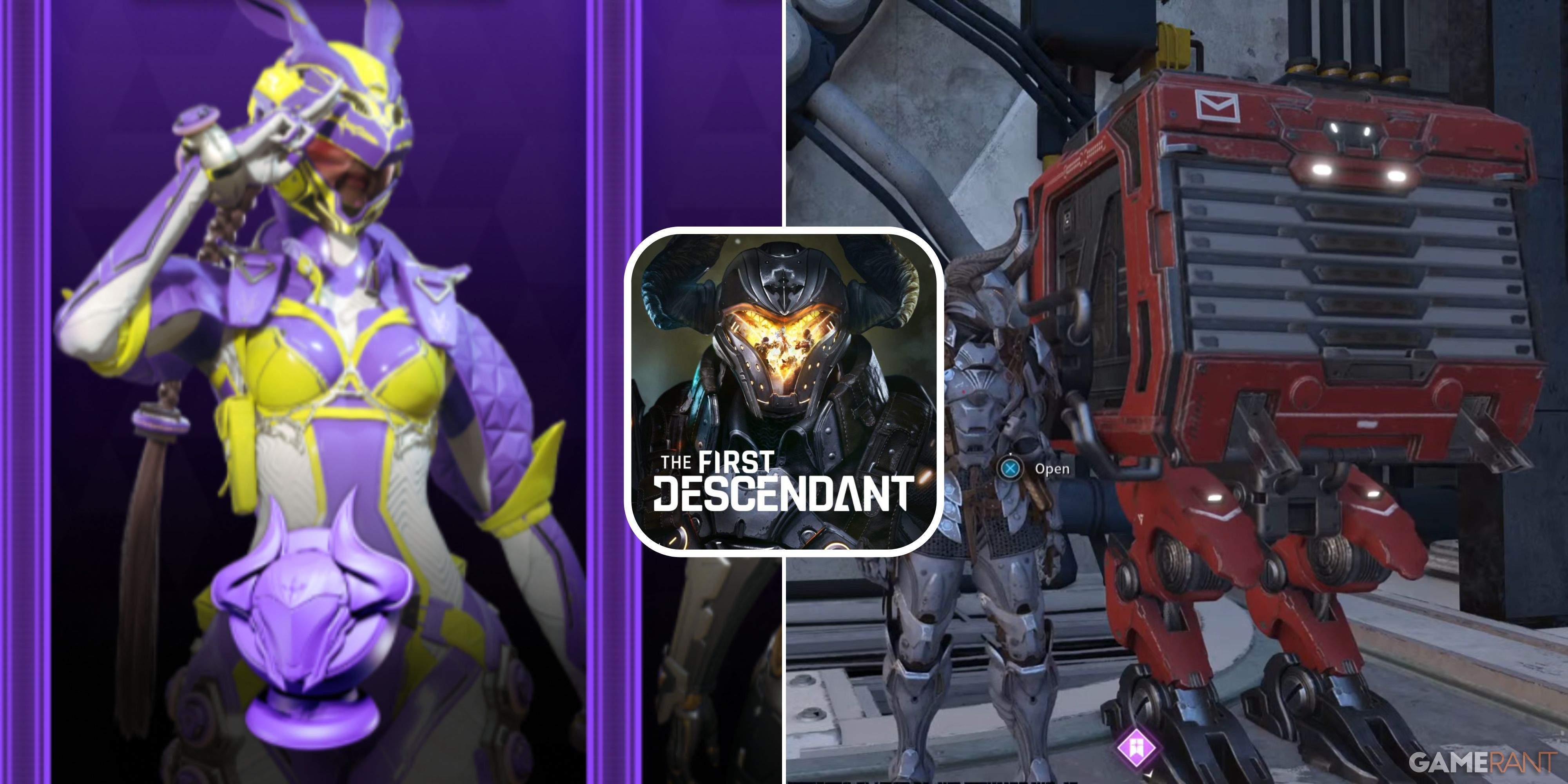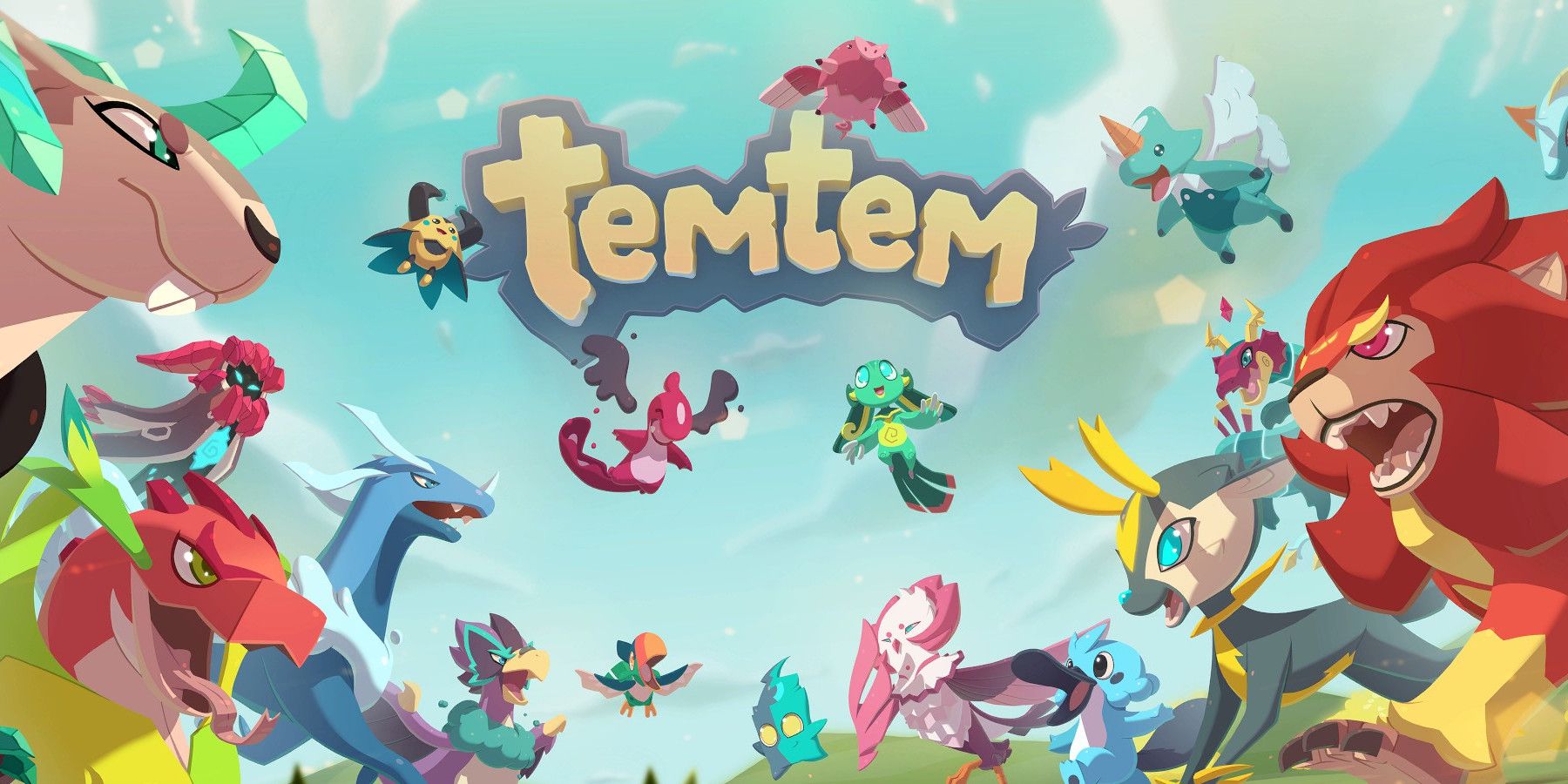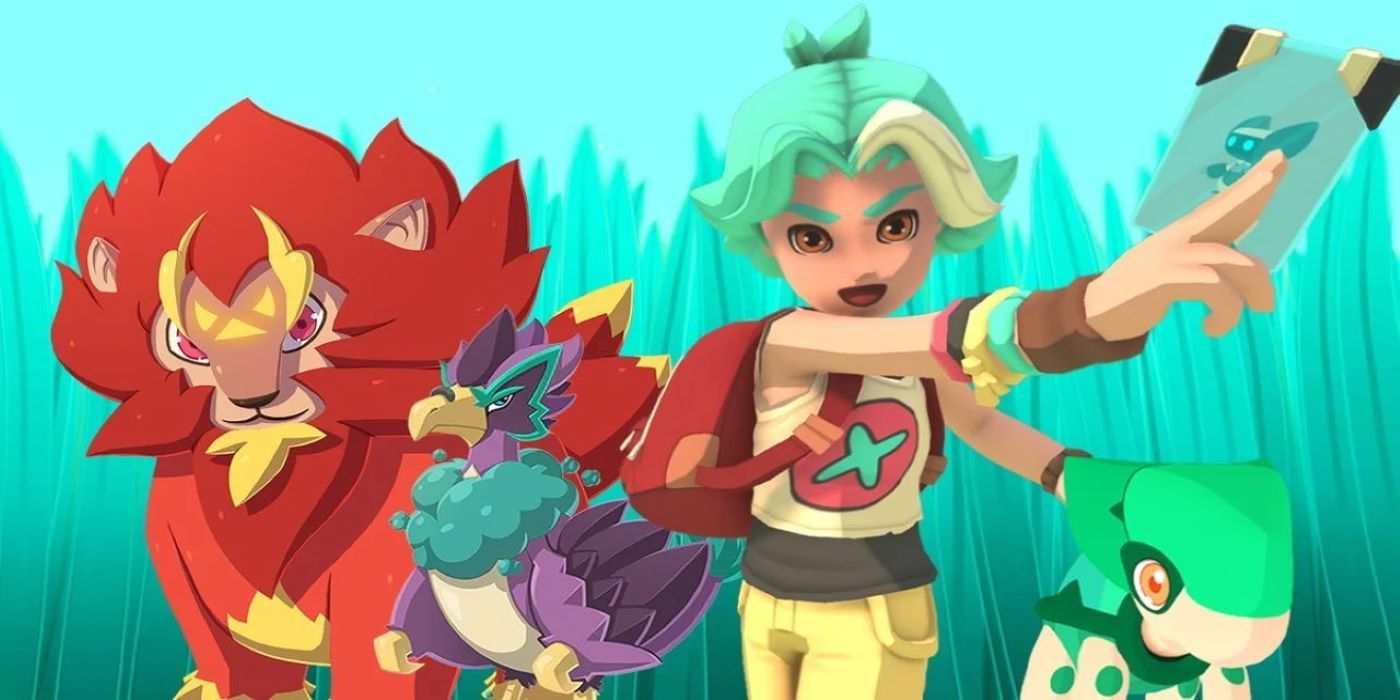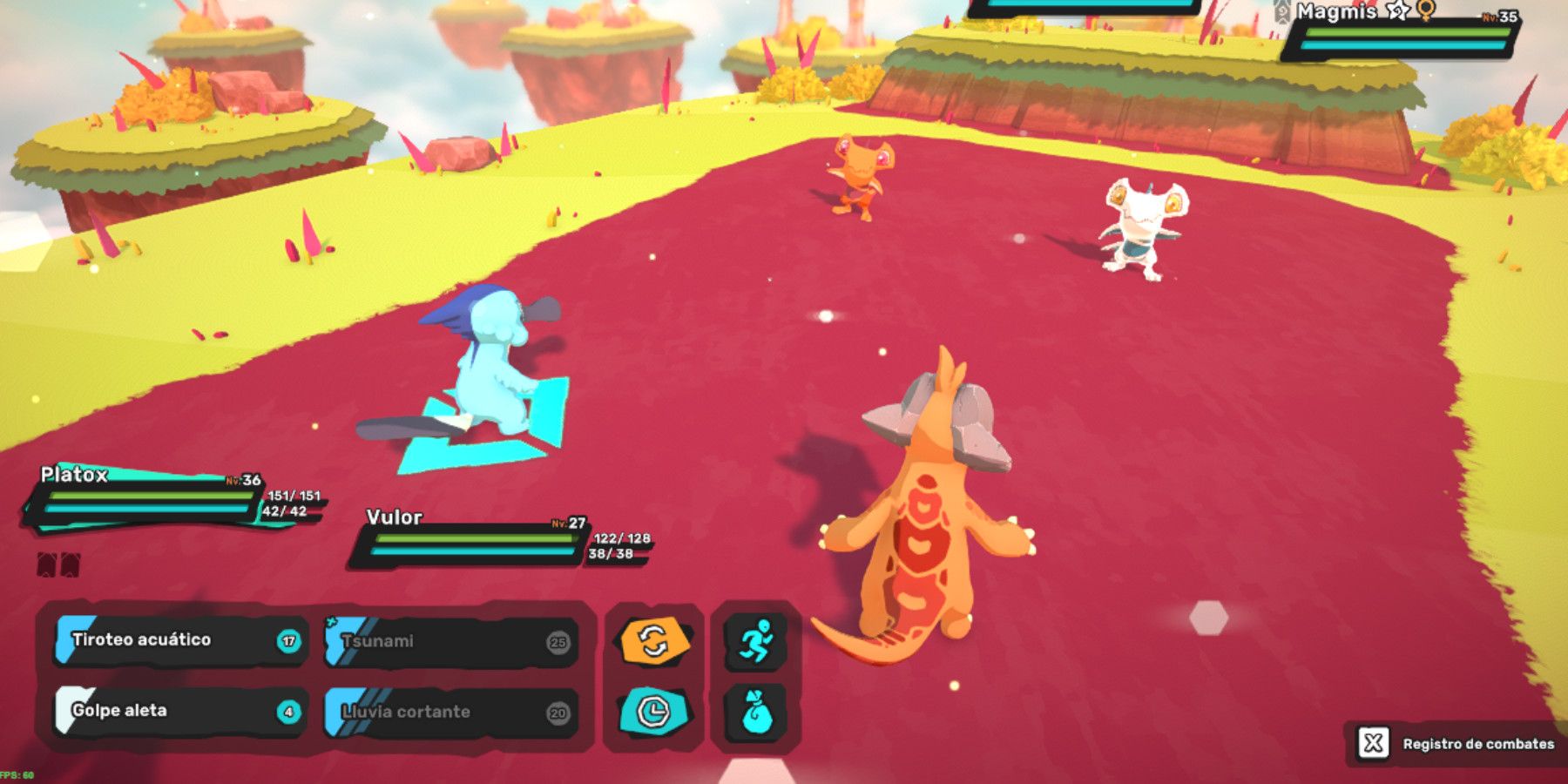On September 6, 2022, developer Crema released version 1.0 of its monster-collection MMORPG Temtem after two years in Early Access development. Apart from its massively-multiplayer features, Temetem differentiates itself from other Pokemon-inspired titles with a streamlined, non-randomized battle system and a greater emphasis on diversity and representation.
Game ZXC spoke with Guillermo Andrades and Lucia Prieto, Temtem's game director and Crema's community manage, to discuss Temtem's unique appeal, development history, and plans for the future. Interview has been edited for clarity and brevity.
Q: Please introduce yourself, and share your favorite Temtem creature and creature type.
Andrades: Hi! I’m Guillermo Andrades, Crema’s Game Director. Choosing a favorite Temtem is complicated because working with them for so many years you have a lot that you love. I’m going to go with Momo, which is named after my real-life dog!
Prieto: Hello there! My name’s Lucía Prieto, and I’m Crema’s CM. I have a lot of fave Tems, but if I’m to pick just one I’d say 0b10, because spherical with big eyes is simply peak creature design to me. My favorite type is the Mental type!
Q: How would you introduce gamers to Temtem who have yet to hear about the title?
Prieto: Temtem is your classical monster-collecting adventure with all the bits and jingles from the classics, but with an online-focused twist. You will be able to enjoy and explore the Airborne Archipelago, along other players from all over the world, on any of the supported platforms, and discover over 160 Temtem to tame, trade or battle. The world is fun and new, and the entire campaign can be played in cooperative mode with someone else, so it’s going to feel familiar but fresh.
Q: Temtem inevitably draws comparison to other monster collection games. Apart from its massively multiplayer features, what do you think Temtem’s primary distinguishing feature is?
Prieto: That would be the combat system. There’s no random factor in combat in Temtem, so it’s highly strategic, more challenging and really rewarding to master. The story is also a bit more mature and humorous, more centered around pop culture, with open LGBTQ+ representation and a lot of community inside jokes.
Q: Temtem has only 12 creature types as opposed to Pokemon’s 18. What was the design philosophy behind a narrower elemental spread? Is Crema considering releasing more types in the future?
Andrades: We knew that we were going to have a relatively low number of creatures (initially we were thinking of having around 140) so we didn’t want to dilute it too much. We felt that having a type with just a couple of creatures makes the type either not relevant or too relevant. At this time, there are no more additional types planned for the future.
Q: How many total Temtem creatures can players capture and train?
Prieto: Players can tame 164 Temtem right now, with the 165th being the third Mythical Temtem, coming in the future!
Q: Does Temtem feature any subsystems or mini-games aside from the battle and training systems?
Guillermo: Most of the activities in Temtem are designed around battling, but there are some that tweak the formula enough that they feel like a different system. For example, there is a draft game mode, where users are given different options of pre-defined Temtem and they need to create a squad from scratch using those.
Q: How does Temtem’s battle system vary from Pokemon games?
Andrades: The most notable difference is that there are zero random elements in Temtem battles. There are no crits, no chances, no randomized status effects, etc. Everything is predictable and calculable, but there are a million different factors that impact battles so it is still engaging and fun.
Another big change is the use of Stamina instead of PPs for techniques, so stronger techniques may deplete your Temtem’s Stamina, forcing you to rest for the next turn or swap to another Tem. This adds a new level of strategy in which you need to study which techniques to prioritize and when, based on the Stamina consumption and the status of your Tem.
There are some more changes, each Temtem can have up to two different status conditions (so you could be frozen and trapped for example) and there are also some new and different status conditions too.
Q: What can you tell us about Temtem’s customization features? The launch trailer shows characters in a variety of outfits. Are there other ways players can personalize their experience?
Prieto: Customization starts right at the beginning of the game, where players choose body type, pronouns, and physical appearance. As you step out into the game, you’ll start seeing different outfits, crazier hairstyles and a range of Temtem following their Tamers, but there’s more: players can traverse the world in different mounts, display emotes and holographic sprites, choose their battle outro and intro animations, proudly wear their favorite Title… You can even choose the music that plays at the end of a Temtem battle, and your loading screen.
Q: Do you have a favorite move or technique combo that players should try out?
Andrades: Not really a favorite, but if you are a new user make sure to be aware of each Temtem trait, some of them will be super helpful while progressing the adventure!
Q: Any other advice for players who are new to monster collection games, and Temtem specifically?
Prieto: To take it easy and really soak in the type chart and what the attacks do, and not to ignore the side quests. There’s a lot that can be gained from wandering beyond the main quest! Temtem can be challenging, but there’s a huge community willing to help, so I’d recommend new players give the in-game chat a peep and ask any questions they might have.
Q: Any plans for supporting competitive play or end-game content for master Temtem trainers?
Andrades: Yes! We’re currently working on a big patch for Temtem that will include a rework of the competitive matchmaking game mode and also Temtem Showdown, which is a new game mode in which players can participate in the competitive ladder without spending time grinding and training for their team.
We’ve also hired a dedicated person to handle all of our competitive scene, and we’re currently working on creating a championship series with tournaments all over the year. We’re very excited about the future of Temtem’s competitive scene!
Q: Most Pokemon game narratives focus on the interactions between Pokemon and humans, often to the exclusion of other world building details. Does Temtem follow a similar format, or is there world-building in play beyond Temtems' impact on the world?
Andrades: Temtem follows a similar format, although the story in Temtem is more focused on humans and the current situation in the Archipelago. The creatures are more like an accessory to the story.
Q: What can you tell us a little about Temtem’s antagonists, the Belsoto Tribe?
Prieto: The Belsoto are a colorful bunch, mostly joined together under a desire for power. Each of them stems from a different background and situation, and they each have their own talents, and their own secret motives. They are the antagonists and will try to deter the player time after time, but they don’t always get along with one another.
Q: How did you develop Temtem’s unique art style? What inspirations did your team draw from?
Andrades: We wanted to do a stylized game - a bit cartoony but without going all the way. Our artists took many inspirations during the early days of Temtem but one of the biggest ones was Gigantic; the game from Motiga. We loved that game visual style and it was a huge inspiration to follow on.
Q: Many Pokemon installments are based on specific, real-world countries and regions. Did any particular area inspire the Airborne Archipelago, or the world of Omninesia as a whole?
Prieto: The Airborne Archipelago is actually inspired by many different places and cultures. Deniz is based on the Mediterranean and the places it waters, Omninesia on Oceanian island cultures, while Tucma draws inspiration from Aztec mythology. Kisiwa pays homage to East African cultures, with Swahili naming. Cipanku is very evidently a tribute to Japan and its culture, new and old, and Arbury represents both Great Britain and Scotland and its very complicated history.
For every region we hired a consultant/advisor, so that we’d be properly representing every culture involved.
Q: Can you give players an idea of what kind of content they will find in the newly released Temtem artbook?
Prieto: The artbook is filled with never-before-seen concept art of Tems, their origins and their progression from those first designs until they became what we know now. It also covers characters, landscapes, and every bit of art in the game. It’s filled with explanations and testimonials from our artists, so it’s very insightful
Q: Early Access to Temtem began in January 2020, and the game recently released its 1.0 build in September. What are some of the most important changes that the game has undergone since Early Access?
Prieto: The game has become a more accessible, easier experience. Our original idea was much more hardcore, but player feedback changed our ways. Other than that, the completion of the main story and the inclusion of all islands was a very significant step. The game also became much more social, with the Chat and Clubs being introduced progressively.
Q: How did you communicate and collaborate with players throughout Early Access?
Prieto: We have a forum for feedback and suggestions that the team reads regularly, and we also pick some opinions here and there across our socials. We chat a lot with our player-base directly in our Discord server, and we also gained a lot of valid input from that. The response to our posts was always taken into consideration, as it was a very good indicator of the general feeling towards whatever change we were making at the time.
Q: Did the pandemic impact Temtem’s development?
Prieto: It sure did! Just a month or so before Spain was locked down, we had published a roadmap that included dates, and looking back the timing is just tragic. We weren’t ready for all the implications of work from home back then, everything slowed down for weeks or months on end, and the roadmap was very soon rendered obsolete. We’re lucky enough that we didn’t have to stop development, but it was a huge setback for the planned dates.
Q: Did the success of other indie hits like Minecraft and StardewValley influence your approach to developing Temtem?
Andrades: Not Temtem specifically, but creating video games in general. Seeing there is a market for these kinds of games and seeing players vying for smaller but more focused games has always been an influence to us and it's why we jumped into creating games for PC/Consoles.
Q: What were the greatest development challenges you faced?
Andrades: There have been a lot of challenges in Temtem, mostly due to its size and amount of features. But overall, I think the greatest challenges have been around the immense amount of users we have and everything that you need to do to handle that, like user support, community handling, weighing expectations, receiving feedback, dealing with toxicity.
Q: Is there anything else you would like readers to know?
Lucía: We’d like to remind readers to watch our really cool 1.0 animated trailer if they haven’t seen it yet, and that we’re available and easily reachable on the internet if they have questions, issues or suggestions for us.
[END]
Temtem is available now for PC, PS5, Switch, and Xbox Series X/S.

